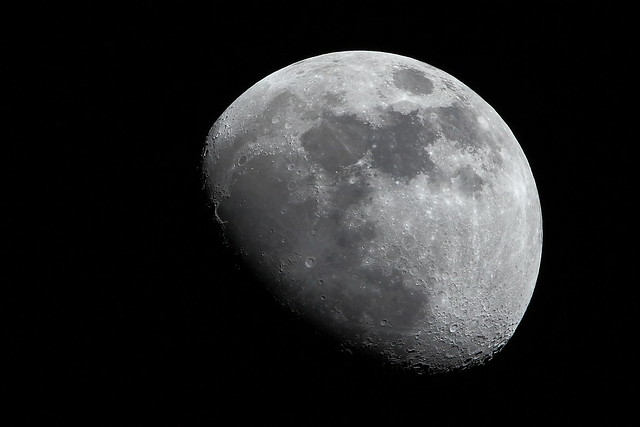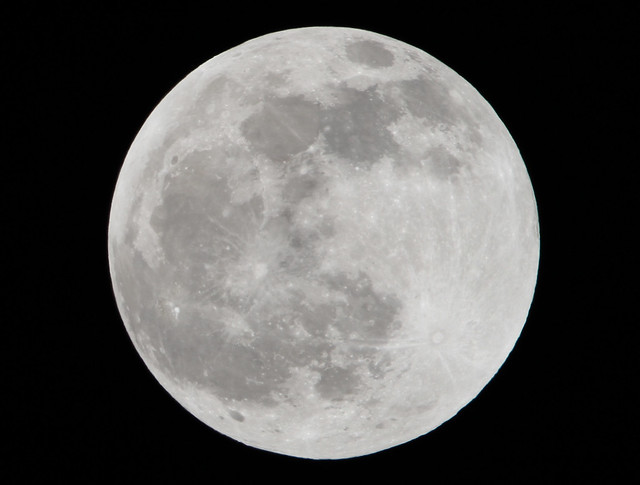-
Advice :Capturing the Moon.
As my username suggests...i am a newbie to the dslr world.
last night I was trying to Capture the moon. from the naked eye i can see spots on the moon.
i can see the same in the view finder but as soon as i take the picture all i get is the round ball of light with all the spots disappearing and looks like that the moon is too bright.
i was using a Canon 60D with a 18-200mm lens.
i tried setting the lowest iso and a high F value but nothing.
is it possible to take pictures of the moon with the spots so it looks real? if so then how?
Thanks
-
Hi, the moon is directly lit by the sun. Try using manual settings according to "sunny 16", i.e. shutter speed "same as ISO" at f/16. E.g. you could start with f/8, ISO 100, 1/400 and fine tune the exposure until you like the result.
-
The moon is very bright and quite small. Unless you are using a very long lens, your camera will not be able to properly meter it. So you must turn down the exposure a lot. Consider the Apollo shots taken on the moon - the stars are never visible.
The moon is grey rock in bright sunshine. It is pretty much the same as a beach on a sunny day.
-
There are a couple threads, one during the total eclipse last year. While not necessary, I suggest you use a tripod. Set your camera on live view in manual mode. You can start with the settings cls recommended, then just adjust your shutter speed up and down till you get the desired exposure. As always it would be best if you use a cable release or timed delay to avoid camera shake.
If you use longer exposures, say 1/2 second or slower you will get motion blur from the movement of the moon. The moon isn't difficult to photograph, but it almost always has to be in manual mode. Canons cameras can't sort out what they need to sort out to get proper exposure.
A crescent moon will give you more detail than a full moon. This is because the light hits a full moon head on, you will have more contrast and shadow during the first and last quarter as light comes in to the moon at an angle.
Good luck.
-
Senior Member

Here's a full moon shot with with the 7D and 100-400mm at 400mm, f/8, 1/30 s (tripod-mounted). I used spot metering on moon (then AE Lock to recompose), and added +1/3 EV of exposure compensation. The image is cropped to about 1/4 of the complete frame (a 4.5 MP resulting file) - that means even more cropping with a 200mm lens. Don't stop down too much - the 60D's sensor starts to lose sharpness to diffraction as you go narrower than ~f/8.
-
Tags for this Thread
 Posting Permissions
Posting Permissions
- You may not post new threads
- You may not post replies
- You may not post attachments
- You may not edit your posts
-
Forum Rules




 Reply With Quote
Reply With Quote




